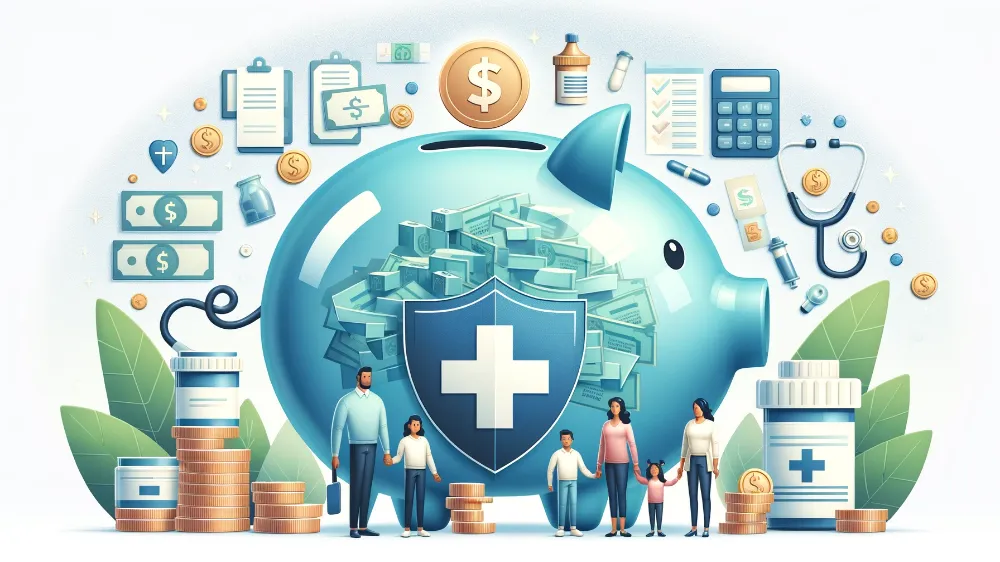The good new is Americans have a wide range of options to protect them against the exorbitant cost of prescription drugs. Some of these affordability programs include employer-provided health insurance, Medicaid, Medicare, prescription discount cards, and patient assistance programs. Patient assistance programs are financed by the pharmaceutical industry to help eligible patients get their medications at little to no cost. Keep reading to learn more.
What are patient assistance programs?
Patient assistance programs (PAPs) are initiatives sponsored by pharmaceutical manufacturers to provide their medications to patients at a reduced price or even free. Eligible patients are typically those who are uninsured or underinsured. Some patient assistance programs are also sponsored by nonprofit organizations or government agencies.
How do patient assistance programs work?
If you are uninsured or underinsured and find it difficult to pay for your prescriptions, you may be eligible for patient assistance programs. To apply, you or your healthcare practitioner will need to complete an application, provide proof of your income and insurance, and present documentation of your diagnosis and any other necessary patient records. If your request is approved, your medications will be delivered by contracted pharmacies directly to your home or doctor's office. Most of the time, you can't pick up these medications from your local pharmacy.
How do I know if I qualify to use a patient assistance program?
The main eligibility requirement is your income. Federal poverty guidelines serve as the foundation for most programs' income requirements. Other standards include the following:
- low-income patients who are uninsured or underinsured
- applicants must be citizens of the United States or Puerto Rico
- only those diagnosed for on-label use of certain medications are eligible
What additional benefits are provided by patient assistance programs?
In addition to the main advantages of offering medication at low or no cost, some patient assistance programs offer these other services:
- assistance with insurance premium payments, such as deductibles
- provision for travel assistance if required to receive treatment
- educational resources such as brochures, videos, and online materials
- related medical supplies/equipment such as pen needles for diabetics
What are some examples of patient assistance programs?
Some examples of these programs are:
- Gilead Advancing Access Program
- GSK Patient Assistance Program
- Healthwell Foundation
- PAN Foundation
- Novartis Patient Assistance Foundation
- Novo Patient Assistance Program
- Pfizer Patient Assistance Program
How can I find a patient assistance program (PAP) for my medication?
There are a few different ways you can find patient assistance programs for your specific medication:
- Go to the website of nonprofit group NeedyMed and type in the name of your medication to check if a PAP is available.
- Check out Medicare directories for medication assistance,
- Check the medicine manufacturer's website or give them a call to see whether a PAP is offered.
You cannot use an RxLess card with patient assistance programs. However, the prices found on the RxLess prescription savings marketplace are often a cheaper option than manufacturer coupons, copay cards, or patient assistance programs. To get the best price, make sure you evaluate all of your options before making a choice.

















